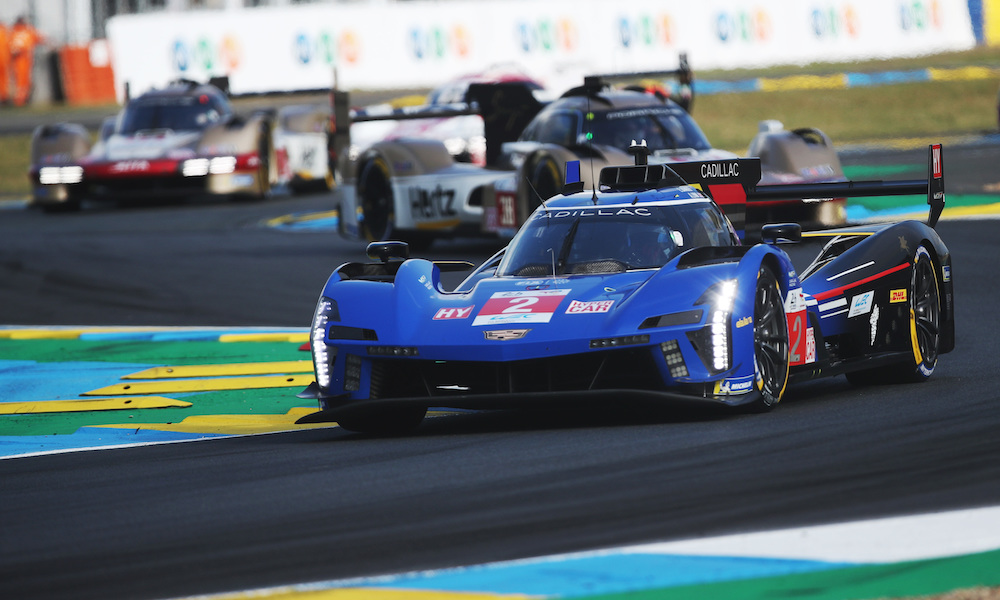
Several key regulatory changes for the FIA World Endurance Championship were announced at the annual ACO Friday Press Conference this morning at Le Mans, following ratification by the FIA World Motor Sport Council earlier this week.
The main headline concerned the homologation cycle for current Hypercar class cars, which has now been extended until the end of the 2029 season.
This “ensures the stability of the technical regulations as new manufacturers join the competition each year” according to the organizers and will help them capitalize on the success of the formula in the longer term.
“As a fan of the sport this is an incredible moment for sportscar racing. This is the platinum era,” said IMSA president John Doonan, who also confirmed to RACER that the regulation extension also applies to IMSA GTP, which will accept both LMH and LMDh chassis, and will not enforce a two-car rule. “Today marks two things, stability and opportunity. My hope is that with today’s announcement other manufacturers will take a look at the top category. We are thrilled to carry on this great moment.”
Two additional development “Jokers” (performance upgrades) will also be permitted for the 2028 and 2029 seasons.
Also confirmed was the so-called ‘two car’ rule for the top class. From the 2025 FIA WEC season onwards each manufacturer represented in the Hypercar category will be required to enter a minimum of two cars. This change has been made, according to the FIA and ACO, “to improve sporting fairness and ensure a level playing field.”
Two-car entries will be mandatory to score points in the FIA Hypercar World Endurance Manufacturers’ Championship, while any additional cars from a given manufacturer will take part in the FIA World Cup for Hypercar Teams, which is currently contested by privately-entered cars
To accommodate additional entries from manufacturers currently competing with a single car, the maximum grid size has been increased too, from 37 cars this season to 40 for races outside of Le Mans.
Beyond changes to the Hypercar regulations, the next generation LMP2 ruleset has been postponed by two years from 2026 to 2028.
This shift in direction for the category comes amid an ongoing debate behind the scenes between the rulemakers, suppliers and teams about the future shape of the class.
The decision to delay comes after the ACO reached out to the current set of ELMS and Asian Le Mans Series teams for opinions on the matter. RACER believes that an overwhelming majority of teams pushed for a delay.
Key question marks still remain over the next-gen P2 rules, including the look and specification of the chassis and engine.
“The new chassis and engine have yet to be selected but will be based on two key principles: a downsized engine and reduced weight,” according to the ACO.